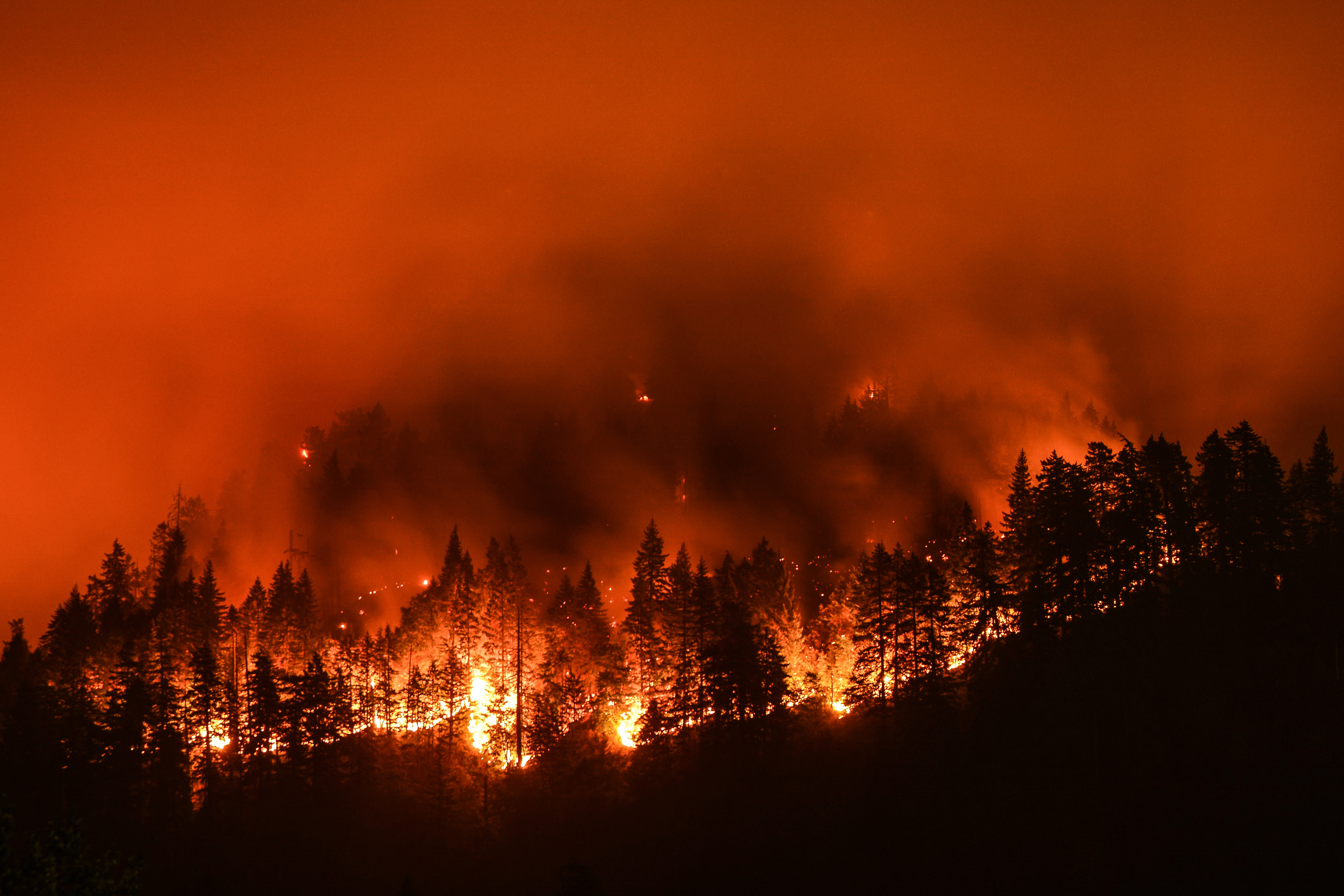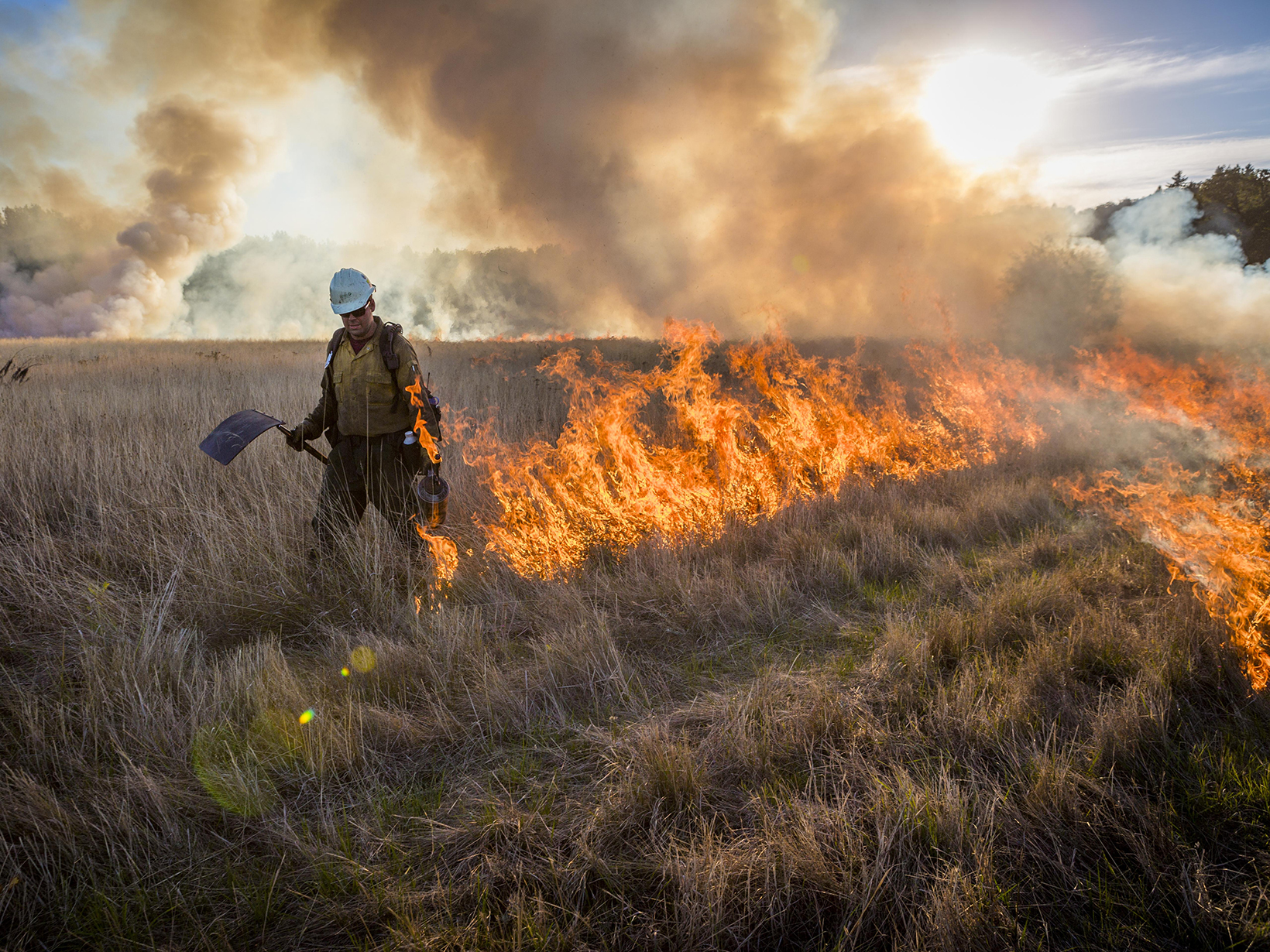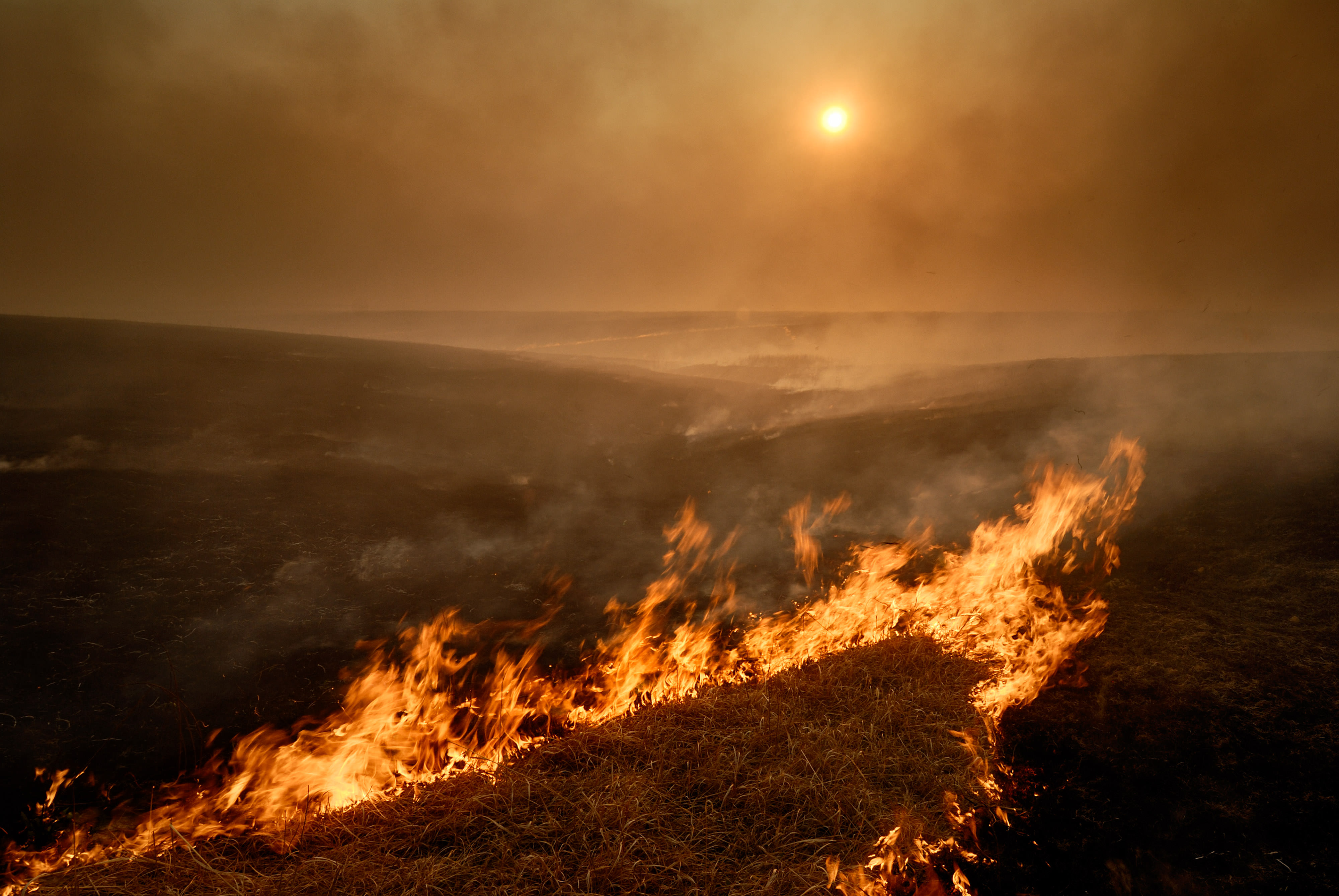Good Fire Bad Fire
Chris Neggers explains to daughter Diana why The Nature Conservancy uses prescribed fire.
My daughter Diana is 6 years old. But even at age six, she’s becoming a fire expert. Because I’ve been working on prescribed burns for The Nature Conservancy since before she was born, she’s heard me talk about fire a lot.
Diana also understands why fire—both good and bad—keeps me so busy and causes me to be away from home. In the spring and fall she knows that I’m out using good fires to help our Indiana forests, and in the summer, I’m out west trying to stop bad fires from hurting nature and people’s lives.
.jpg)
Quote: Chris Neggers
She was expecting total devastation. Instead, she saw a blackened forest floor, charred logs, and big unaffected oak trees.
But aside from our fireplace and backyard fire ring, she’s never really seen what fire does. One recent Saturday, I needed to check on a burn unit from earlier in the week. I had been gone much of that week working on—what else?—prescribed fire, so this was a good opportunity to spend some quality time with my daughter.
Luckily, it doesn’t take much convincing to get Diana to come with me to the woods. Some days we look for geodes in creeks or try to spot a moose when visiting my family in Massachusetts.
A Visit to a Prescribed Fire Site
The drive to the property with the burn unit wasn’t that long, but it gave us a chance to talk about how fire helps and hurts plants. I explained that this fire was one that TNC staff set on purpose to help plants that like fire, such as oaks and sedges, while hurting plants that don’t.
I also explained that we only burned the part of the forest that had the most plants which like fire. “Oak trees aren’t hurt by good fire, and maples are. This hillside is where I want to grow more oak trees. That’s why we set it on fire”. “Oh, ok” was her simple response. Did she really understand, or was she just tolerating one of dad’s many nature lectures?
Once we got there I had to ask her “Can you see where we burned?”. “No.” was her blunt answer. She was expecting the forest to look like what she has seen in movies, cartoons, or the news. I assume she was expecting total devastation. Instead, she saw a blackened forest floor, charred logs, and big unaffected oak trees.
Chris and Diana Neggers
I compared how a bad fire—like the ones we see on TV out west—can burn all the trees—even the ones that tolerate fire—to this good fire, which only hurt some of the trees but left most in good health. We walked around, searching for any logs still smoldering. I pointed out how the maples were black and charred, and the white oaks weren’t. I pointed out how some of the sedges only had their dead leaves burned off, but there were still green leaves, and they’d be growing really well after this fire.
Making a bad fire not so bad
It had been several days since the prescribed fire and had rained the night before. We only found one smoldering log, which she watched me chop up with an axe. The smoldering log gave us a chance to talk about how burning up some of the dead logs and branches can make a bad fire not so bad. When we burn dead logs and branch during a prescribed fires, there’s less of it to burn during a bad wildfire. If there’s fewer logs, branches, and leaves in the forest, then the bad fires won’t burn as hot.
After a few hours patrolling the unit we left, and she seems to better understand that fires aren’t all bad. People like her dad are trying very hard to use good fires to help nature and people.
.jpg)



